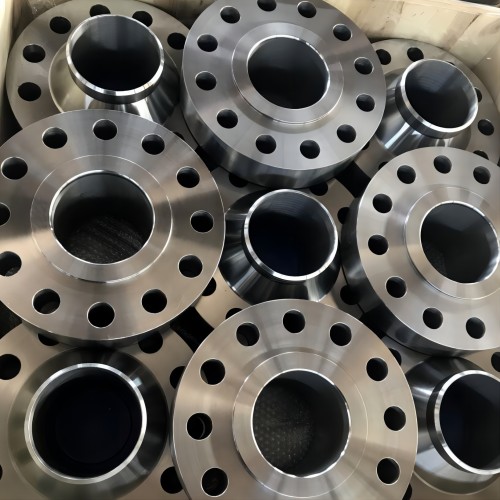
Machining Monel metal (a nickel-copper alloy) known for its exceptional corrosion resistance and high strength, requires specialized techniques and tools to achieve optimal results. Whether turning, milling, drilling, or tapping, understanding the properties of Monel and implementing appropriate machining practices are essential for efficient and accurate fabrication processes. In this article, we’ll explore tips and best practices for machining Monel metal, aimed at maximizing productivity and minimizing tool wear and workpiece deformation.
Understanding Monel Metal Properties
Before delving into machining techniques, it’s crucial to understand the key properties of Monel that influence its machinability:
- Corrosion Resistance: Monel exhibits excellent resistance to corrosion in various environments, including seawater, acids, and alkalis.
- High Strength: Monel alloys, particularly Monel 400, possess high tensile strength and toughness, making them challenging to machine.
- Work Hardening: Monel tends to work harden during machining, leading to increased cutting forces and tool wear.
- Low Thermal Conductivity: Monel has relatively low thermal conductivity, which can result in heat buildup during machining operations.
Tips for Machining Monel Metal
- Tool Selection: Choose carbide or high-speed steel (HSS) tools with optimized geometries for machining Monel. Coated tools, such as TiN or TiAlN coatings, can enhance tool life and performance.
- Cutting Speeds and Feeds: Optimize cutting speeds and feeds based on tool material, workpiece hardness, and machining operation. Start with conservative parameters and adjust as needed to achieve the desired results.
- Coolant Usage: Use ample coolant during machining to dissipate heat and lubricate the cutting zone, reducing tool wear and workpiece deformation. Water-soluble coolant is recommended to prevent corrosion of Monel components.
- Chip Control: Implement effective chip control strategies, such as using chip breakers and high-pressure coolant systems, to prevent chip buildup and improve surface finish.
- Tool Rigidity: Ensure tool rigidity by minimizing overhang and using sturdy tool holders and machine setups. Rigidity helps maintain dimensional accuracy and surface finish during machining.
- Tool Wear Monitoring: Monitor tool wear regularly and replace worn tools promptly to maintain machining accuracy and prevent tool breakage.
Best Practices for Specific Machining Operations
– Turning: Use sharp cutting tools with positive rake angles and moderate cutting depths to minimize cutting forces and tool wear. Employ interrupted cuts for heavy roughing operations.
– Milling: Utilize high-speed milling techniques with solid carbide end mills for efficient material removal. Consider climb milling to reduce tool deflection and improve surface finish.
– Drilling: Use high-performance carbide drills with appropriate point geometries for drilling Monel. Peck drilling and adequate coolant flow are essential to evacuate chips and dissipate heat effectively.
– Tapping: Use rigid tapping setups with high-quality taps and proper lubrication to achieve accurate threads in Monel. Peck tapping may be necessary to control chip formation and reduce tap wear.
Conclusion
Machining Monel metal requires careful consideration of its unique properties and the application of appropriate machining techniques. By selecting the right tools, optimizing cutting parameters, and implementing effective chip control and coolant strategies, manufacturers can achieve efficient and precise machining of Monel components.
At the same time, working closely with experienced metal suppliers and leveraging their expertise can further enhance the machining process and ensure the quality of finished parts. With the right approach, Monel machining can be both productive and cost-effective, meeting the stringent requirements of various industrial applications.


